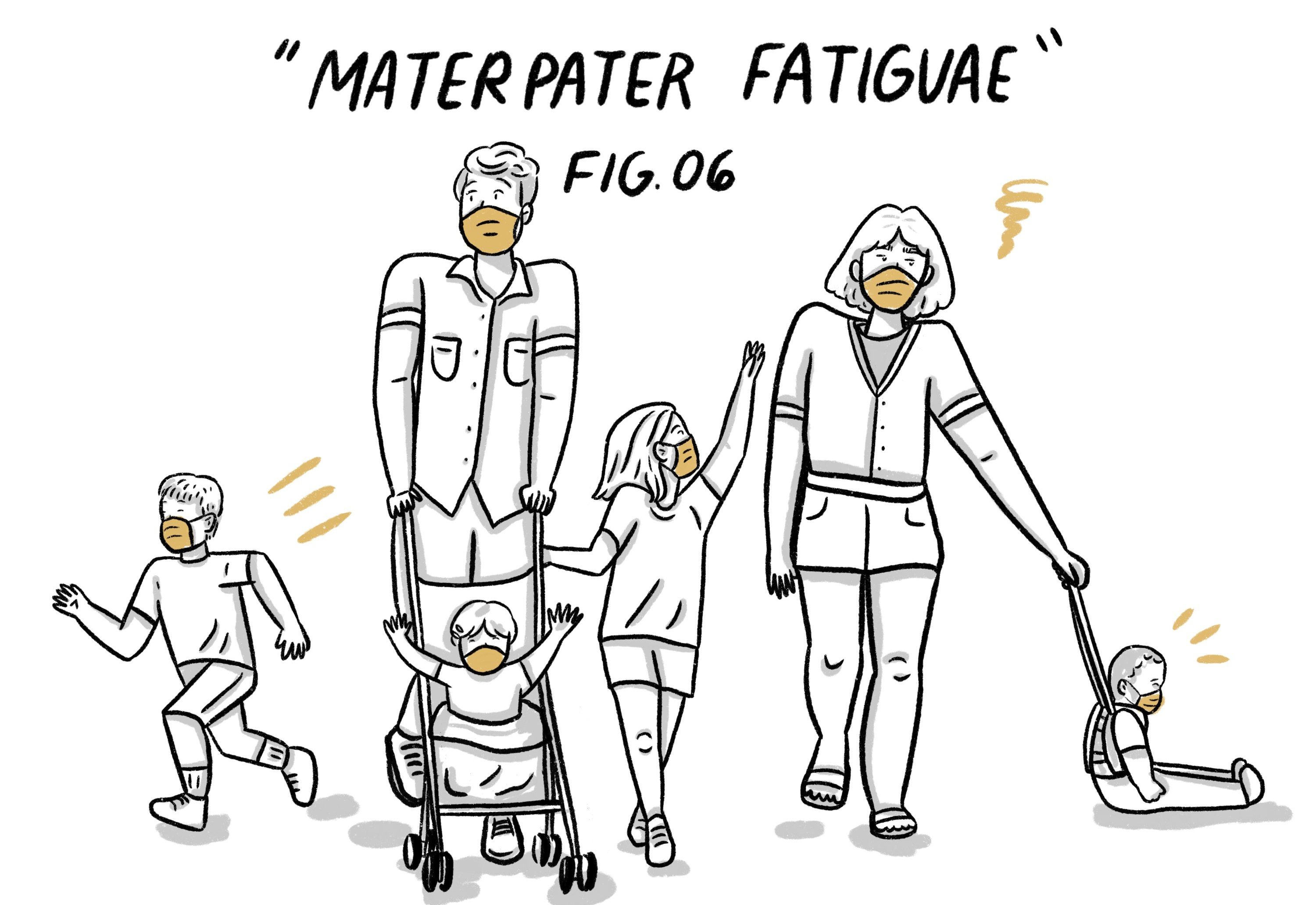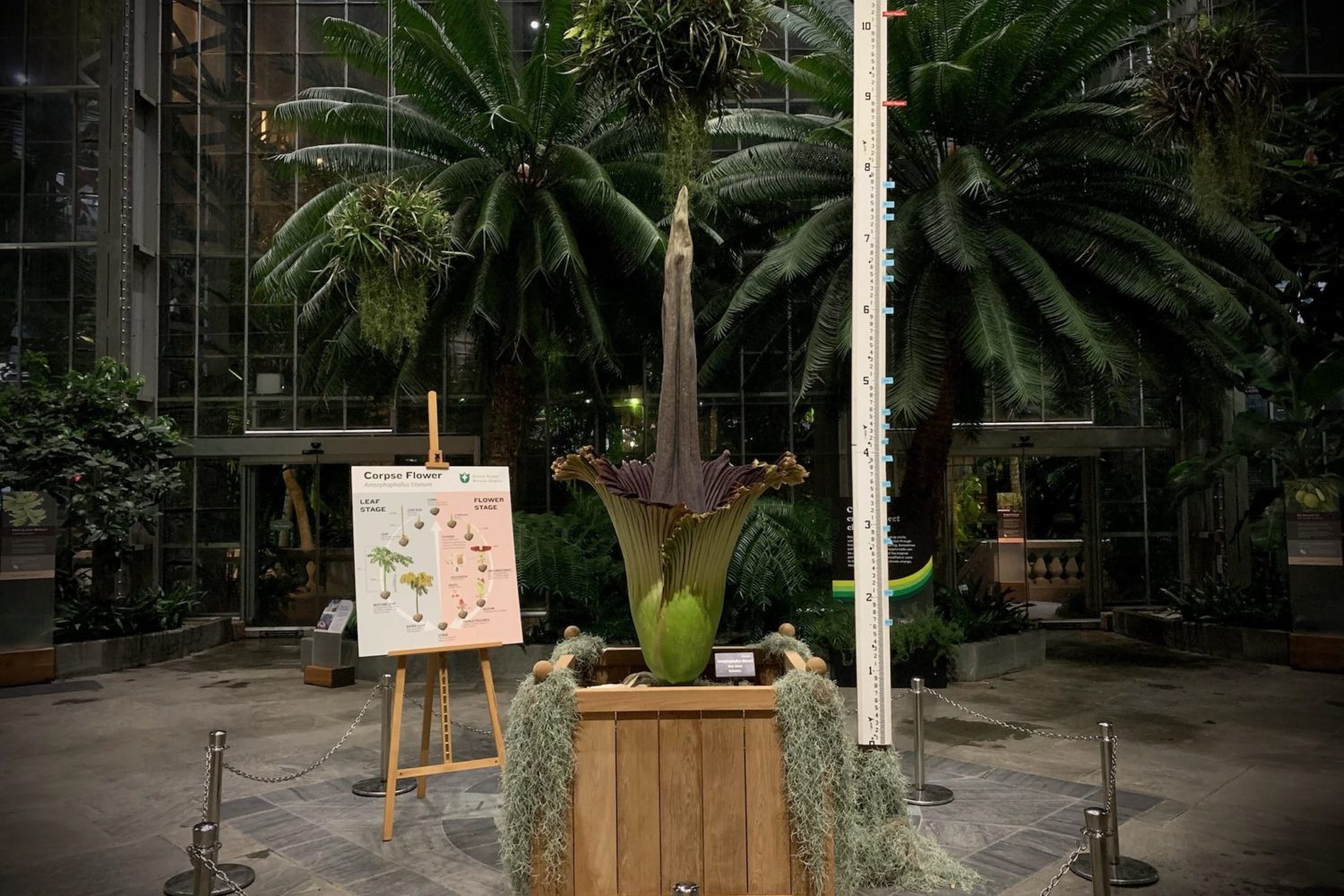About Coronavirus 2020
Washingtonian is keeping you up to date on the coronavirus around DC.
Now that walking outside is one of the few avenues of normalcy most of us can enjoy, it’s become a veritable jungle out there. Here’s a short field guide to some of the breathtaking fauna you can spot on your government-sanctioned daily walk.
Mobilius oblivious
Mobilius oblivious isn’t a naturally aggressive species, but when confronted with a threat they will always take measures to establish dominance. When encountering other fauna, Mobilius oblivious will typically make direct, assertive eye contact and slightly pick up their pace to mark their territory. This technique is typically effective unless two Mobilius oblivii encounter each other. Should that happen, an awkward, shuffling dance ensues until one of the creatures asserts dominance over the other and continues on its path.
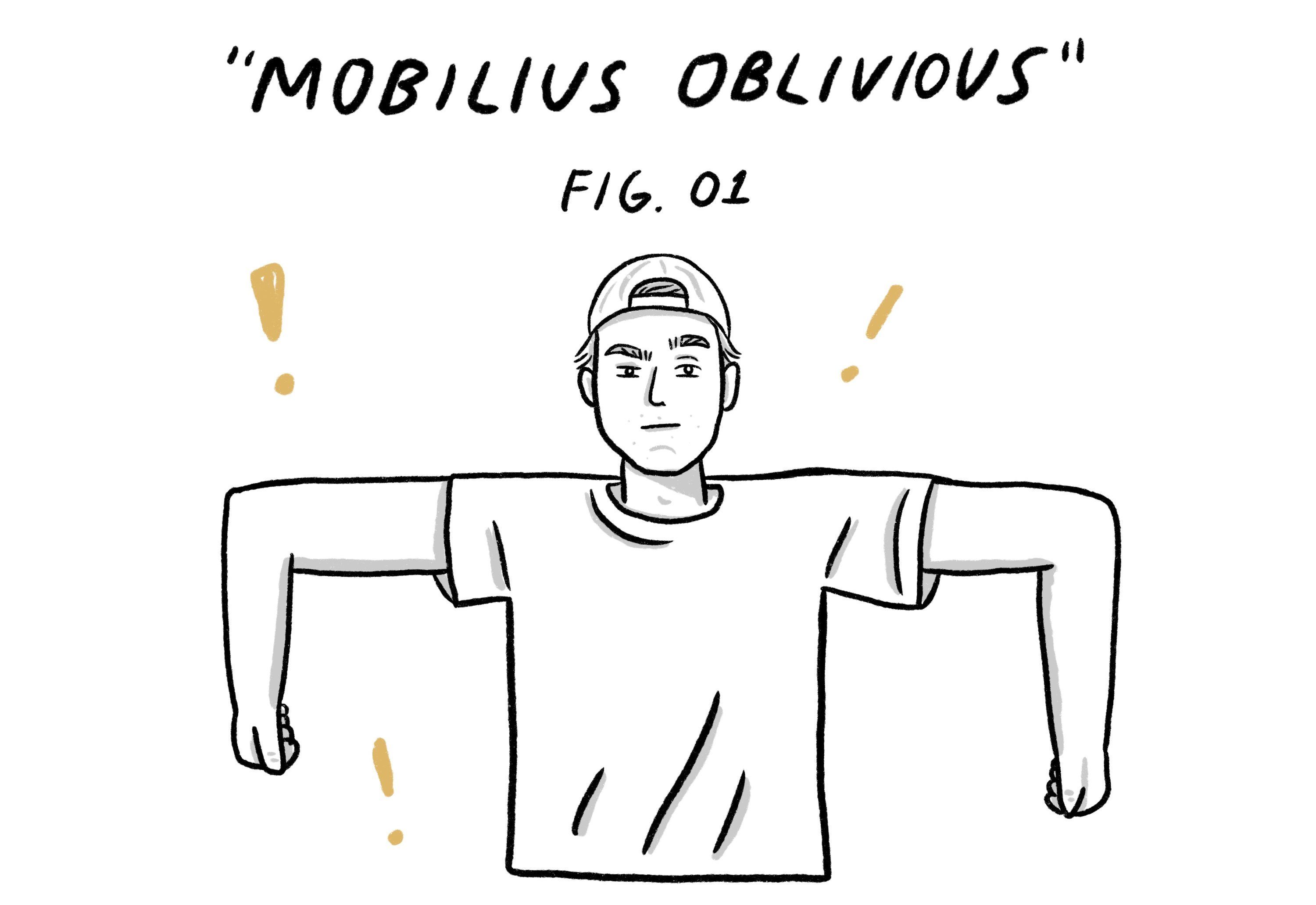
Dodgus virae
One of the more skittish inhabitants of the sidewalk, Dodgus virae classically exhibit quick, darting eye-movements and often have some kind of facial covering. Passive to the extreme, Dodgus virae will avoid interaction with other species at all costs, even if it means putting its own safety into danger by venturing into the roadway.
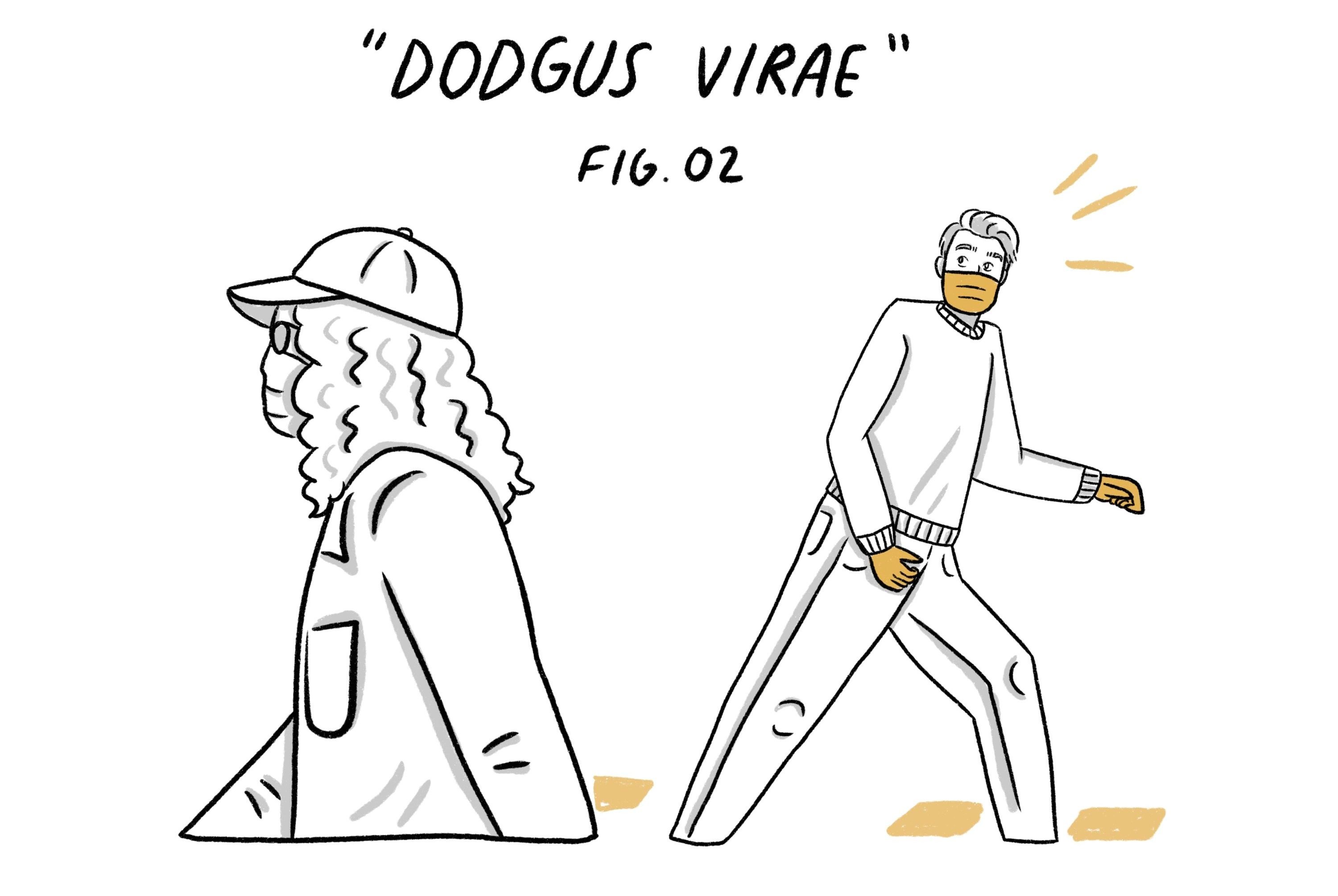
Socialis necessariat
This highly social species must be surrounded by at least three of its kind at all times or it will die. Socialis necessariat herds are highly vocal and often slow moving, which, in theory, should make them sitting ducks for the other fauna of the sidewalk. However, Socialis necessariat has a secret defense mechanism: When confronted with a potential threat, herds will configure themselves to take up the entirety of their surroundings, closing off all potential avenues of attack.
Rapidus rex
More commonly referred to by the informal German nomenclature: “jogger.” The kings of the sidewalk, “joggers” are incredibly aggressive and able to move at high speeds. “Joggers” have evolved in a way to make the pandemic advantageous for them. When a “jogger” is preparing to attack, it will use earbuds to block out calls of distress and utilize its natural panting breathing pattern to spray virus-laden droplets in a 6-foot radius. Avoid these creatures at all cost.
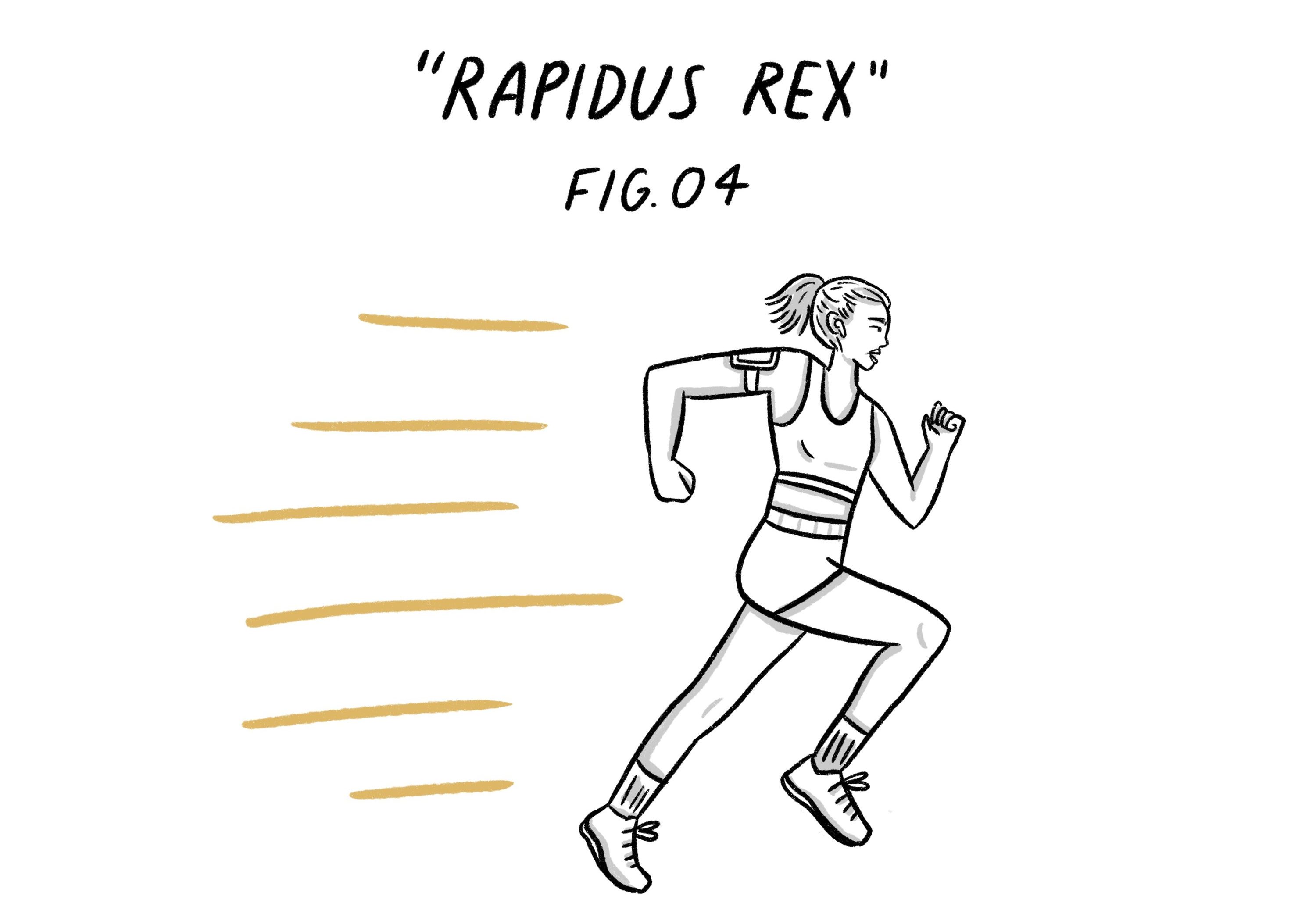
Oculus telephundum
Just months ago, Oculus telephundum roamed the sidewalks in droves, burying their heads in their phones, blissfully oblivious to all other sidewalk fauna. However, Oculus telephundum’s classic eyes-glued-to-the-screen behavioral pattern has proven to be its downfall in the age of coronavirus. If you’re lucky enough to spot a member of this highly endangered species, watch closely. Blocking the sightline with a personal device works effectively as a defense mechanism with more passive species, but should an Oculus telephundum cross paths with something like a Rapidus rex, contagion is sure to follow.
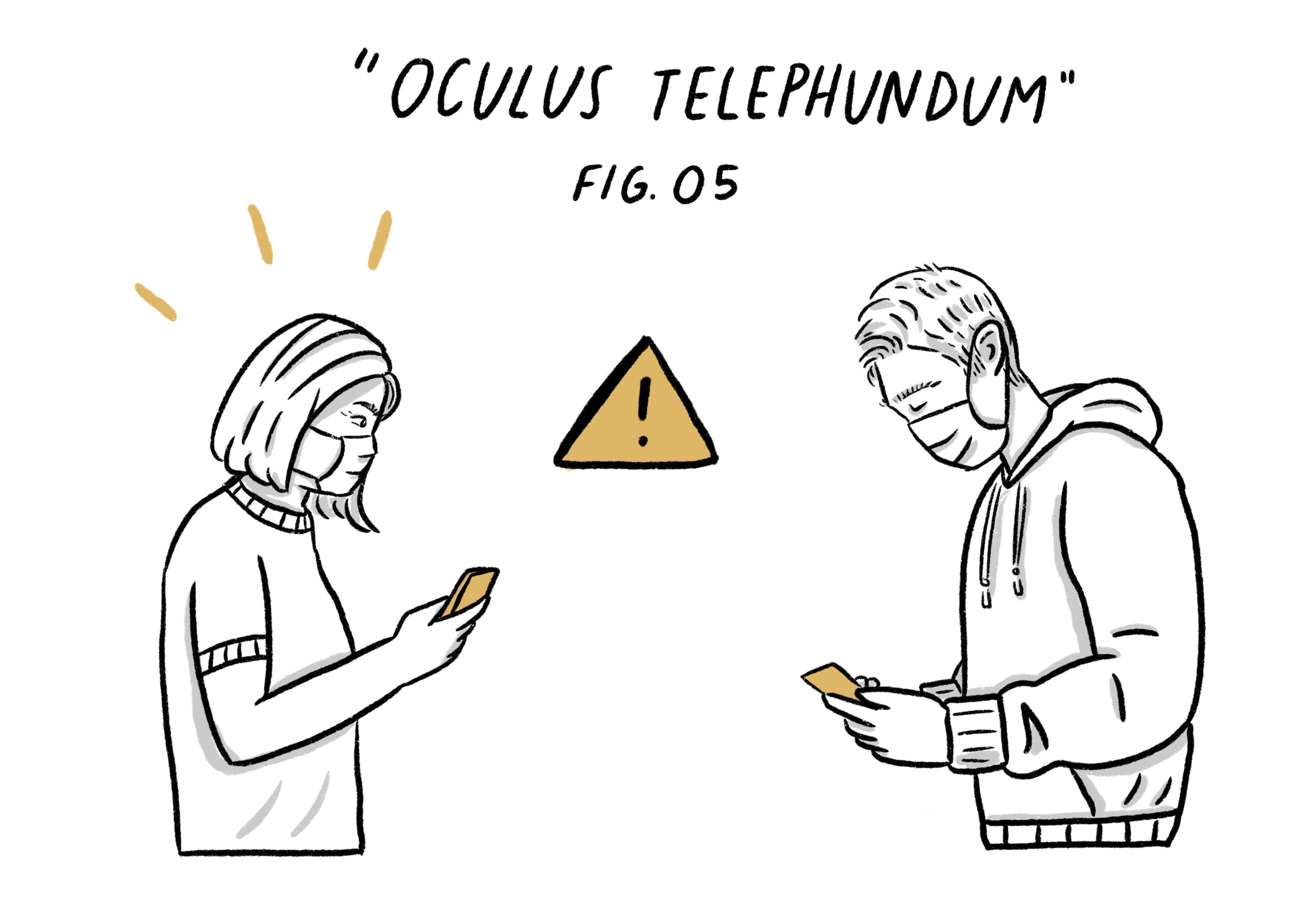
Materpater fatiguae
This species is easily identified by the dark, sunken markings under its eyes. Always accompanied by one to four of its young, the Materpater fatiguae seems totally oblivious of its surroundings as it scrambles to protect its juveniles from a myriad of dangers. Don’t let that fool you: Allow its young to come too close to you and Materpater fatiguae can become extremely aggressive, emitting a loud, high-pitched series of commands. If you find yourself in this scenario, remain calm and remove yourself from the situation. It’s highly likely that Materpater fatiguae’s showing of dominance is meant for its young, not you.
